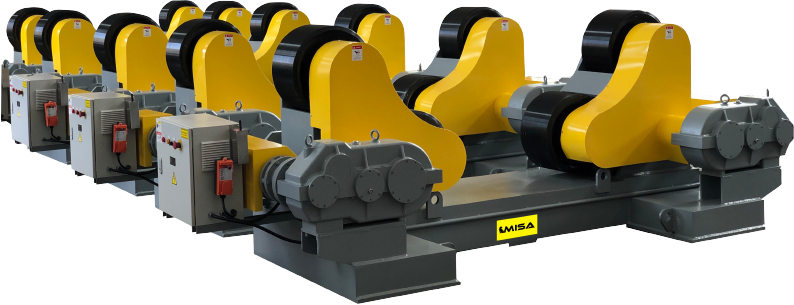


.png)
.png)
.png)


In this blog, we’ll talk about enhancing efficiency with advanced welding rotators, positioners, and manipulators. Yes, we’ll still talk about welding and yes again – it’s still going to be within the manufacturing sphere.
Over the years, welding and manufacturing drastically improved, thanks to the development of welding assistance systems.
Before we discuss their overall advantageous positions, let’s first give a quick recap of what manipulators, positioner, and rotators are.
The type of welding we are doing today would be unimaginable one to two decades before. Almost everything will sound funny, from the materials we’re able to weld, speed, style, to the overall advancements of welding.
But thanks to developments and advancements, we were able to make all of that possible.
Among the many progressions in the industry, the innovation of welding manipulators, welding positioners, and welding rotators have had the biggest impacts.
https://youtu.be/npNXKmVx-c8?si=LcWY3HBRnYGrPTsA
In the easiest and simplest explanation, welding manipulators are pieces of equipment that help in the welding process by moving the welding head closer to the workpiece. In manipulators, the weld head are the ones moved toward the workpiece.
https://youtu.be/5-T4OylDi0A?si=Ps7Dt10N0P_M0aPd
On the other hand, welding positioners are machines or pieces of equipment that help welders by holding/clamping a workpiece. It can also rotate the workpiece for the welder to stay still at a single position while welding.
It can twist at specific angles and can rotate at different speeds, depending on the preference of the welder. In welding positioners, the workpiece is maneuvered and repositioned for the welder’s preference during welding.
https://youtu.be/-ucyH4VuCD0?si=0EFYrAkSFl6jFfnn
Last but most definitely not least are welding rotators. Welding rotators are supportive or supplementary pieces of equipment that help in the welding process by rotating cylinders or other cylindrical workpieces like tank vessels, heat exchangers, etc.
In welding rotators, the machine rotates the workpiece so that the welding head continuously works on a specific spot.
Yes and no – let me explain.
When it comes to assistance and efficiency, they’re the same; they all have the same goal–accuracy, efficiency, effectiveness, and safety. Think about it–would manually welding a 20-feet tank be efficient? But with a combination of these machines, it can be done flawlessly and efficiently.
On the flipside, in technicality, they’re not the same because they have different functions, uses, and working principles:
Rotators just continuously hold and rotate the workpiece, welding manipulators manipulate the weld head and brings it closer to the workpiece, and positioners help position the workpiece.
But those differences, when combined, make welding and manufacturing easy, fast, and ultimately reliable.
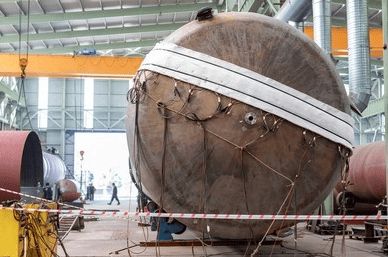
There are countless sectors and industries that can definitely benefit from the impacts of welding positioners, rotators, and manipulators. But, we’ll give you industries that have seen tremendous development simply because of adding these machines to their arsenal.
So, we’ll list some of the business industries that have seen the most benefit when using welding manipulators, welding positioners, and welding rotators:
· Construction and Structural Industry
· Agriculture and Forestry
· Aerospace and Automotive Industries
· Railroad Industry
· Shipyard and Shipbuilding
· Power & Energy Industry
· Oil and Gas Industries
· Military and Defense Sector
· Manufacturing Sector
· And many more!
As mentioned above, almost all businesses benefit from these machines. This is just the reason why they’ve easily been accepted to the industry as an additive to better and more efficient manufacturing.
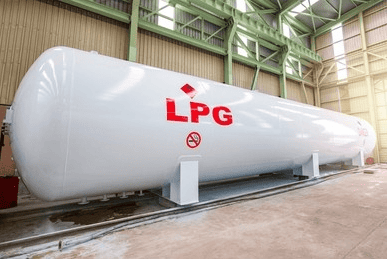
Enhanced efficiency is a bit vague and can lead to many misconceptions. So, we’re here to put a closed end to that. Welding manipulators, positioners, and rotators actually have specific concrete advantages to the industries mentioned above.
While they are different in terms of working principle, functionality, and overall usage, they all share synonymous benefits when used for these megalithic industries.
PS We’ll be giving the advantages of all of them as a whole, not one-by-one. So, these advantages would pertain to how all of them are advantageous to business sectors and industries.
First, definitely the primary advantage would be the exceptional quality of the weld. Before these tools came to be, everything was manual. Welders had to be flexible, thin, and extremely maneuverable. They need to weld workpieces manually and without any robotic assistance.
Thanks to these welding systems, everything turned out to be lighter, easier, and simpler. Thus, allowing them to complete better, higher-quality, and more accurate welds for their projects.
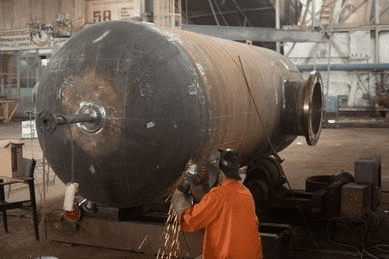
Besides better and higher quality welds, these machines also introduce a level of higher productivity. Manual welding is time-consuming because everything needs to be planned, in place, and quality checked.
The introduction of welding rotators allowed large-scale welding to finish faster and more urgently – the same idea goes for both welding manipulators and positioners.
Another benefit would be in terms of the safety and security of the workers and professionals. Welding can become increasingly hazardous when performed in cramped spaces, awkward positions, or with the risk of molten weld pools dripping from above.
Welding positioners, manipulators, and rotators address these issues by providing stability, adjustability, and flexibility. By keeping the workpiece or welding head firmly in place, welders don’t need to maneuver and be in unsafe positions and situations.
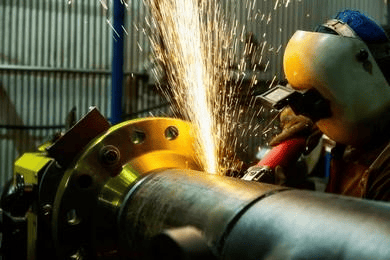
I know what you’re thinking–this can’t be true! The price of a single welding manipulator alone exceeds the typical price of welding machines. That’s right, but when you look at the long-term savings you get from using them, it’s a lot more than the cost of these machines.
I’m talking about savings from safety hazards, longer labor hours, extra manpower, and other things that these machines are used for.
Last but most definitely not least of the benefits that these machines offer would be the adaptability, flexibility, and versatility they provide. What I mean by adaptability and versatility would be their ability to handle and work on different types of materials that span different forms, shapes, and sizes.
This capability allows welders to work on a variety of projects, some of which are not entirely possible manually.
These are just five of the most common advantages and benefits these machines have over your day-to-day operations. There are others, some heavier and some lighter, but these are just the primary reasons why companies and manufacturers get them.
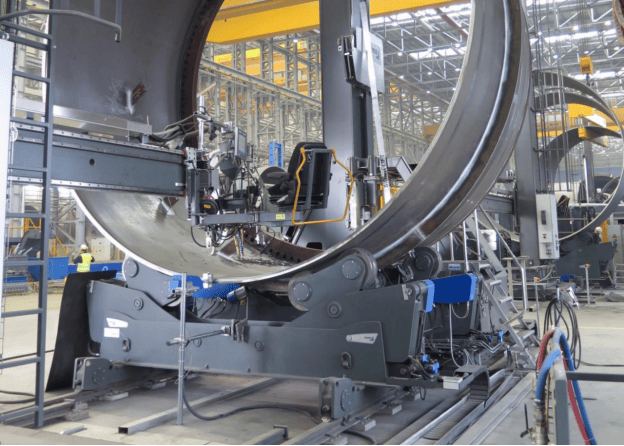
MISA Welding (Wuxi) Co., Ltd. stands as China’s leading manufacturer of welding systems, combining expertise with innovation in every project. As a high-tech enterprise, we focus on research, development, manufacturing, and sales.
So, if you are on the market for welding positioners, welding manipulators, and welding rotators and you’re trying to get the best and highest quality, we here at MISA welding will never fail you. We’ve brought our clients top-tier-quality machines for a price they never expected to pay!
Contact us today and get world-class-quality welding rotators, welding manipulators, and welding positioners without going out of budget!


